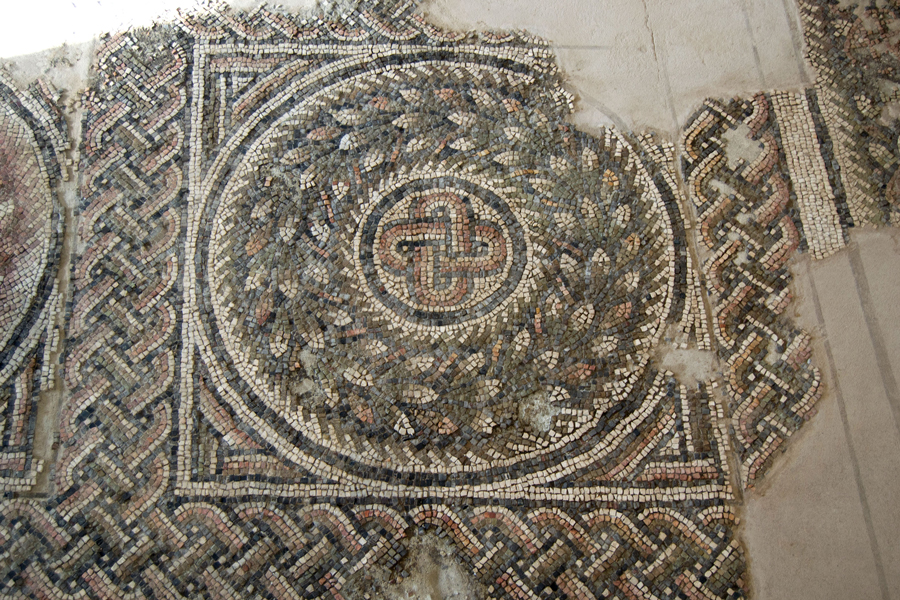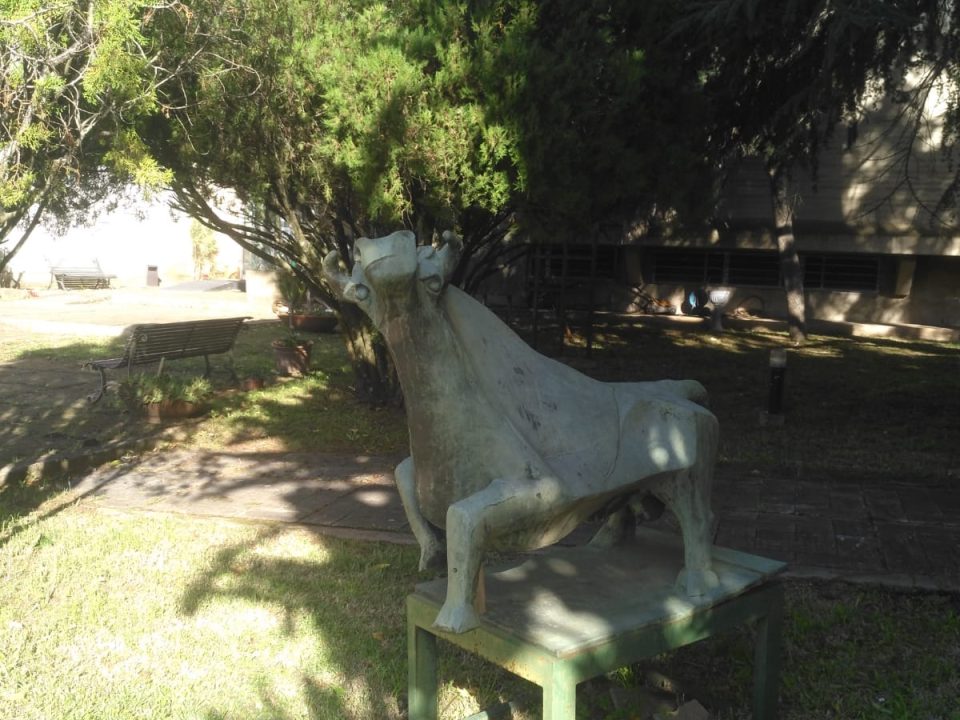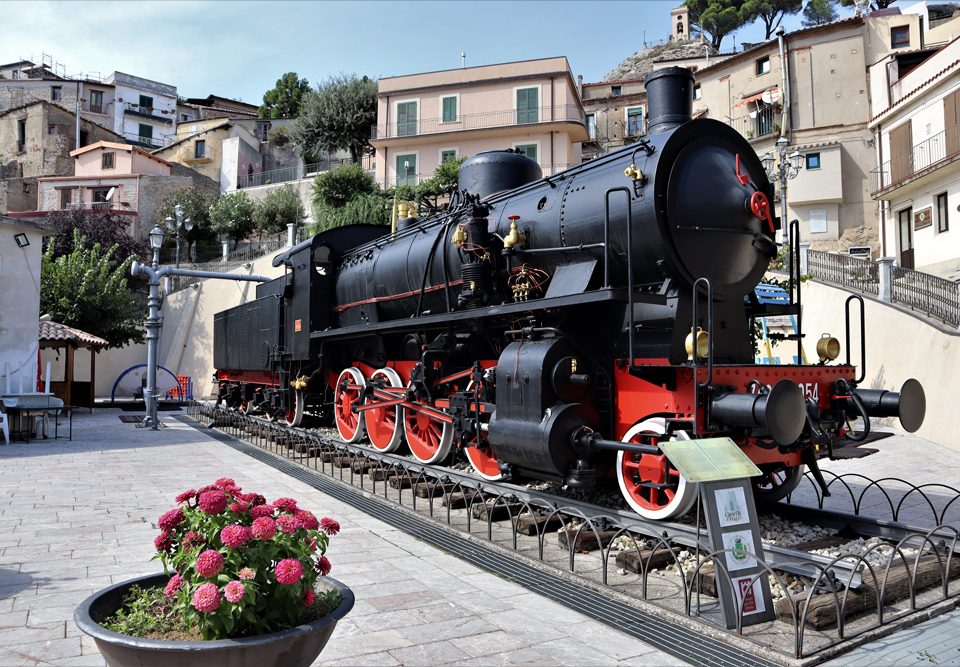Nel versante Jonico Meridionale del Parco Nazionale dell’Aspromonte, all’estremo Sud della provincia di Reggio Calabri, vive una minoranza linguistica denominata “Greci di Calabria”. Si tratta di una vera e propria isola con una forte identità culturale, che parla la lingua di Omero e che conserva usi e tradizioni millenari, tramandati di casa in casa, di focolare in focolare. Qui, infatti, la Grecia è vissuta e vive, per il turista che voglia farsi visitatore si apre l’avventura della grecità avvertita e ricercata: nei volti della gente, nei suoi gesti, nel suo linguaggio, nei ruderi delle infinite chiesette bizantineggianti, nei brandelli di affreschi superstiti, nei castelli, testimoni di tutte le difese, spesso disperate, e di tutti gli assalti.
O àrio den èchi sinòria – L’aria non ha confini
Arrivo del gruppo nella prima mattinata (consigliabile intorno alle ore 10.00/10,30) nella piazza principale di Bova. Incontro con la guida. Visita del Museo della lingua Greco-Calabra dedicato a Gerhard Rohlfs. La visita di museo consente di conoscere più da vicino la lingua greco-calabra, la sua storia e sue le peculiarità arcaiche attraverso l’esposizione delle tesi linguistiche formulate da Gerhard Rohlfs il quale, fin dal 1924, sostenne l’origine magnogreca della parlata che ancora vive nei borghi ellenofoni di Bova, Gallicianò e Roghudi, nei versanti più impervi dell’Aspromonte meridionale. A seguire visita turistico-storica ed archeologica al fiorente centro storico di Bova, Uno dei Borghi più Belli d’Italia, con i suoi Pazzi nobiliari, le caratteristiche viuzze, il Santuario di San Leo, la Cattedrale, i ruderi del Castello Normanno.
Alle ore 13,30 pranzo tipico presso il Ristorante Grecanico della Coop. San Leo, situato a 400 mt dalla piazza principale. Il Ristorante dispone di un’ampia terrazza ove domina uno panorama spettacolare sull’Etna, la Fiumara Amendolea, alcuni dei borghi della Calabria Greca e le prime cime dell’Aspromonte.
Alle ore 15,00 partenza per Pentedattilo (40 min da Bova). Pentadattilo (dal greco Pentedàktylos, cinque dita) si trova a 35 km da Reggio Calabria sul versante Ionico Meridionale. Il piccolo paese semi-abbandonato, vero gioiello etno-archittettonico, mantiene inalterato il suo fascino e costituisce un vero patrimonio storico da conoscere e tutelare. Visita guidata del borgo con con breve escursione tra le viuzze e visita delle botteghe artigiane.
Successivamente (orientativamente intorno alle ore 18,00) partenza per rientro
















